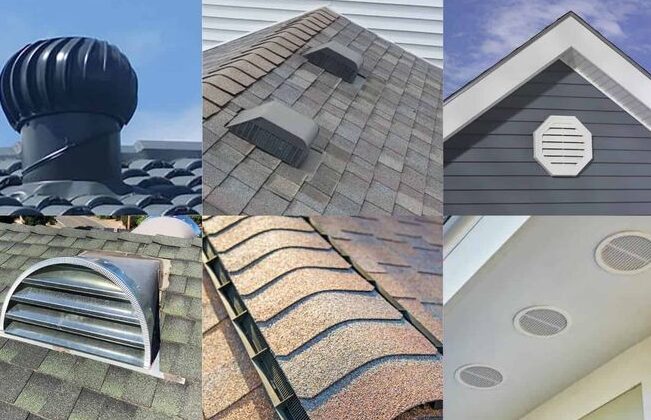
Proper roof ventilation is essential for maintaining a comfortable and energy-efficient home. It helps regulate temperature, prevents moisture buildup, and extends the lifespan of your roofing materials. With various ventilation options available, selecting the right system for your home can be challenging. This guide will help you understand the importance of roof ventilation and how to choose the best option for your needs.
A well-ventilated roof provides several key benefits:
There are two primary types of roof ventilation: passive and active systems.
Passive ventilation relies on natural airflow to circulate air through the attic. Common passive ventilation systems include:
Active ventilation uses mechanical systems to improve airflow. These include:
To determine the best ventilation for your roof, consider the following factors:
Choosing the right roof ventilation system is crucial for maintaining a comfortable and durable home. By understanding the benefits of different ventilation types and assessing your home’s specific needs, you can make an informed decision that enhances efficiency, prevents damage, and prolongs the life of your roof.
Proper installation and maintenance are key to getting the most out of your ventilation system. If you’re unsure about the best ventilation system for your home, consulting a roofing professional can help ensure you make the right choice and comply with local building codes.